Daughter Furthers Padma-Winning Dad’s Legacy, duo Install 1000 Biogas Toilets!
Dr Shilpa Narayanan's dad's solution has not only made a #Pune district town free of open defecation, but it also slashed the residents' LPG bills by half. A win-win indeed!
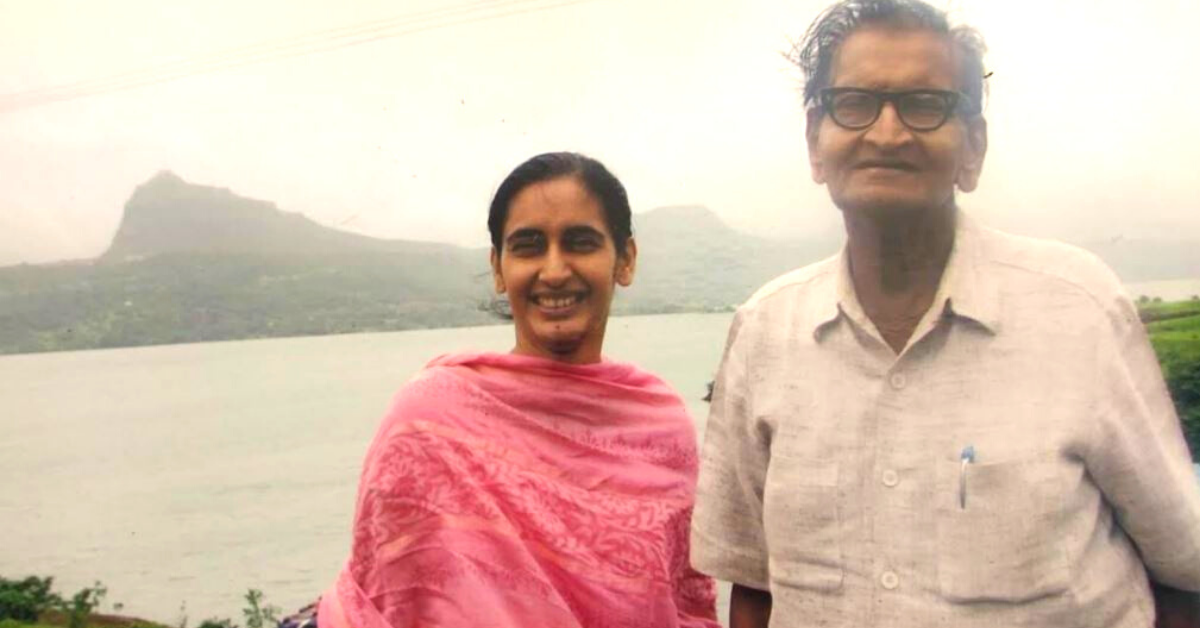
In the early 50s, thanks to his aggressive efforts towards eradicating the problem of Open Defecation (OD) in Dehu, a village in Pune’s Maharashtra’s district, Dr Suhas Vitthal Mapuskar was called ‘ Dr Sandas’ (Sandas is toilet in Marathi) by the residents.
While he is no more, the residents still refer to him by the same name—except that now, it is out of respect.
His solution to build biogas toilets that generate methane gas from human waste not only made the town free of open defecation but also slashed people’s Liquified Petroleum Gas (LPG) bills by half.
The success in the toilet building mission resulted in the formation of an NGO named Appa Patwardhan Safai Wa Paryawaran Tantraniketan in 1981. Through the NGO, Dr Mapuskar helped people across Maharashtra build similar bio-toilets till 2015—the year he passed away.
For his stellar efforts, Dr Mapuskar and the NGO received several accolades including the prestigious Padma Shri in 2017 and Nirmal Gram Award from President Dr APJ Abdul Kalam in 2006.
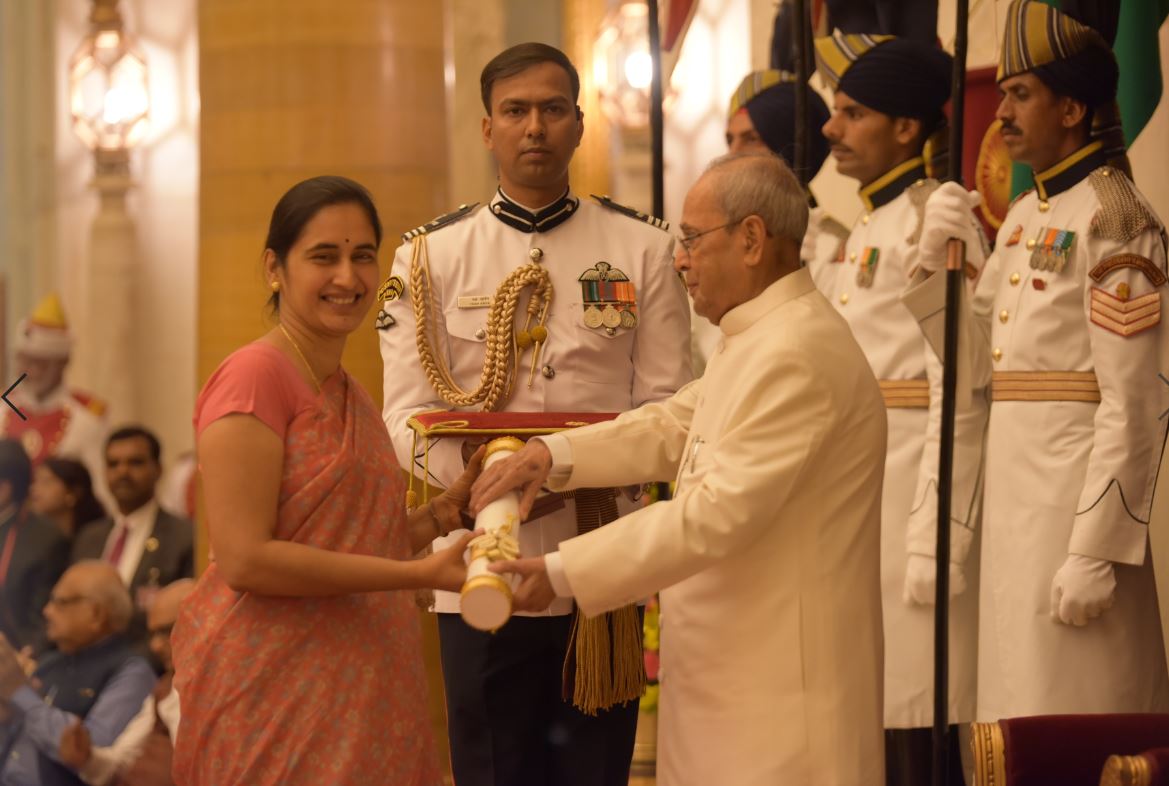
Today, his daughter Dr Shilpa Narayanan has stepped into his shoes and is carrying forward his legacy by continuing the NGO’s sanitation work.
The father-duo together have constructed over a thousand toilets that produce cooking fuel in individual households and institutions like orphanages, schools and child care homes.
“I grew up visiting rural areas of Maharashtra with my father where he would assess and solve the hygiene-related issues of people. He helped people build bio-toilets and install biogas plants to tackle the waste crisis. Joining his NGO was a very organic process for me,” she informs The Better India.
How It All Started
It was 1959, and Dr Mapuskar had been posted as a Medical Officer in the Dehu Primary Health Centre
There, he observed that none of the 1200 families owned a toilet; they defecated by the river. This practice did not just cause rampant pollution, but the human waste accumulated in the drains was rarely cleared, and it became a breeding ground for mosquitoes.
Finally, people frequently got water-borne diseases caused due to the lack of hygiene and poor sanitary practices.
Appalled by the situation, Dr Mapuskar decided that he needed to tackle fundamental health issues through preventive measures.
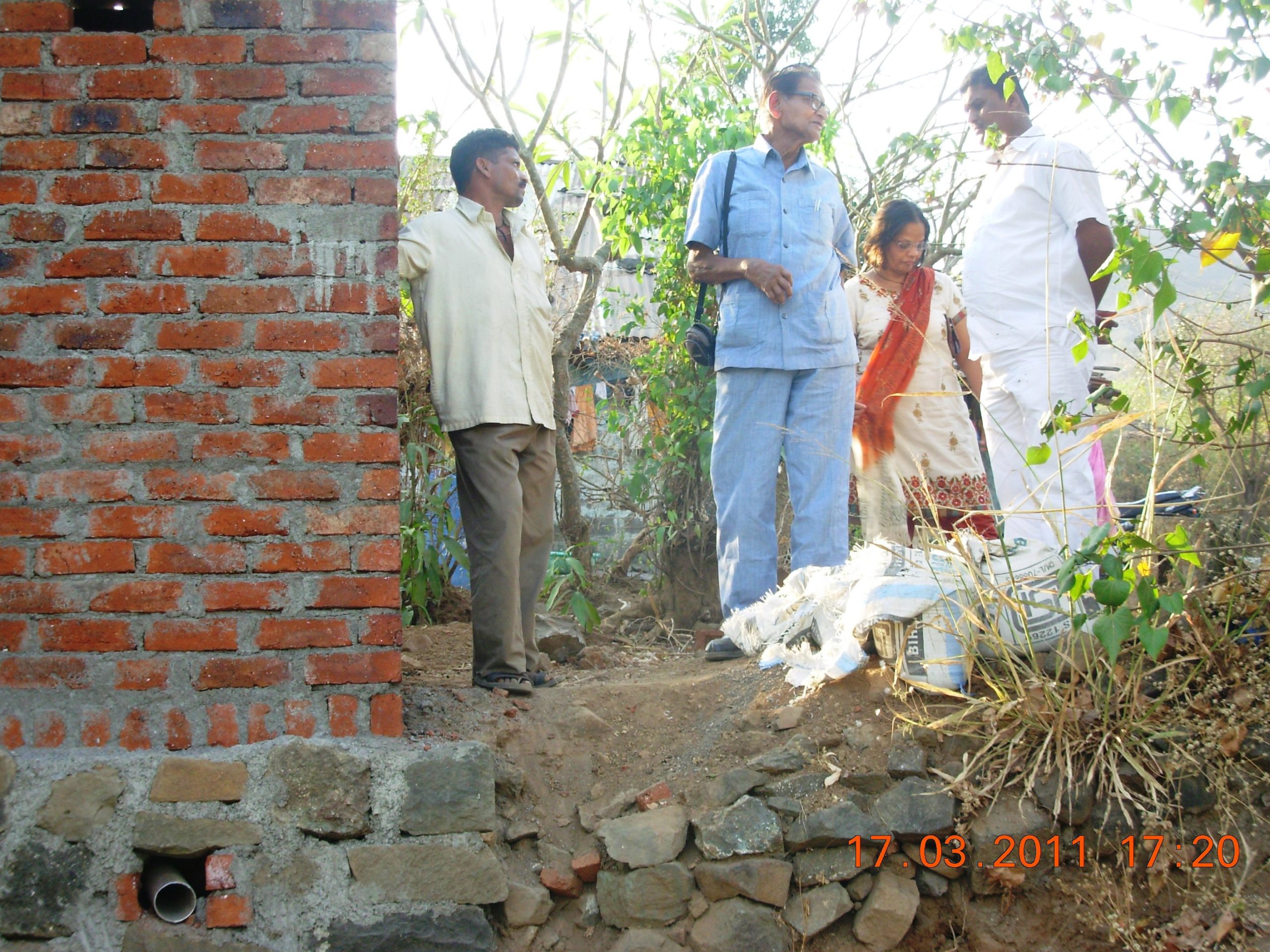
Knowing that it would be tough to break the ingrained custom of defecating in the open, he first collected the stool of people to validate their unhygienic habits. Most of the samples contained parasitic eggs that are transmitted by the soil and infect the gastrointestinal tract. The eye-opening results were enough to convince people to build toilets.
If sensitising people was an arduous task, designing a toilet that suited the local conditions was a bigger challenge.
“He believed that the concept of rural sanitation was very different than cities. Unlike urban areas, villages cannot afford sewage treatment plants. Thus biogas toilets that treat human waste on-site worked well,” says Dr Narayanan.
Dr Mapuskar was first introduced to biogas toilets through Sitaram Patwardhan (fondly known as Appasaheb) who built a bio-toilet in the Sindhudurg district for a girl’s school. He studied the model and modified it according to the needs of Dehu village.
From Human Waste to Cooking Fuel
The bio-toilet comprises of a lavatory which comes with a biogas tank that is placed underground in an 8×8 space. It has three compartments. In the first compartment, human waste decays and methane gas is released. Once it is pathogen-free it is transported to the kitchen through a pipe.
In the second and third chamber, the wastewater that comes out in the process is recycled and used as an organic fertiliser in farms or gardens.
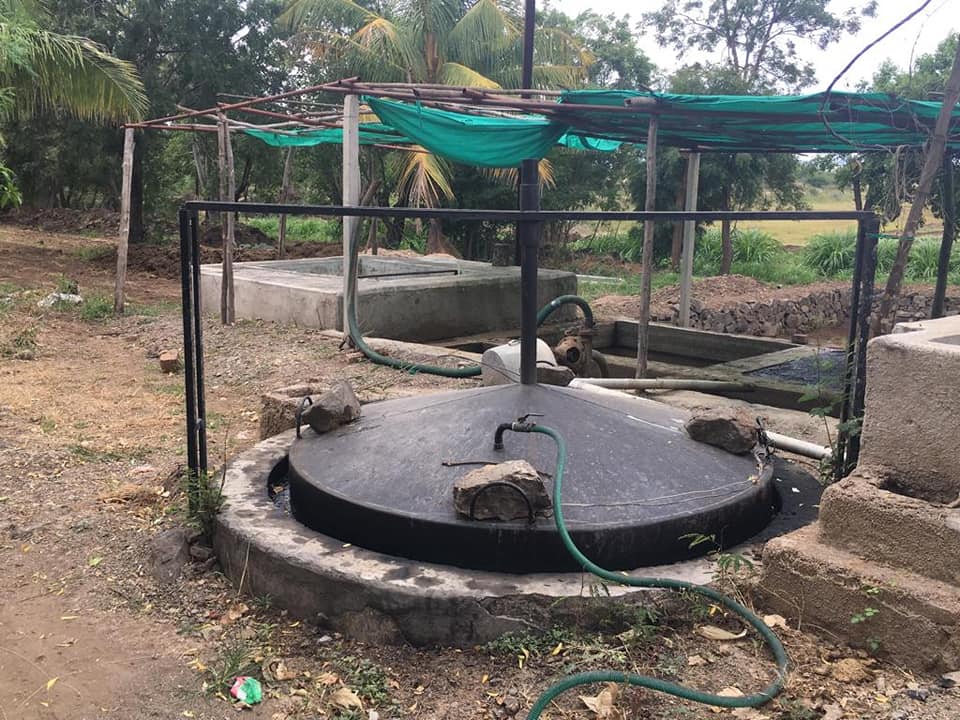
It takes approximately 45 days to convert human waste into cooking fuel. The toilets are completely maintenance-free except for the need to change the burner regularly.
“The gas coming from human waste is the same as any regular cooking fuel. The only difference is that the stove has bigger holes (in diameter) as you need more oxygen needed to burn methane.”
The current cost of toilets with biogas tanks is around Rs 50,000.
In the first year, 100 maintenance-free toilets were constructed in Dehu from people’s money. From the next year onwards, the doctor used the Central Rural Sanitation Programme to acquire subsidies.
Ramchandra Chavan was one of the first beneficiaries in Dehu.
“We order 3-4 cylinders every year as against 8. The biogas toilet meets half of our gas needs. So many generations in my family defecated in the open without realising its health repercussions. This toilet has benefited us in more ways than one,” Chavan tells The Better India.
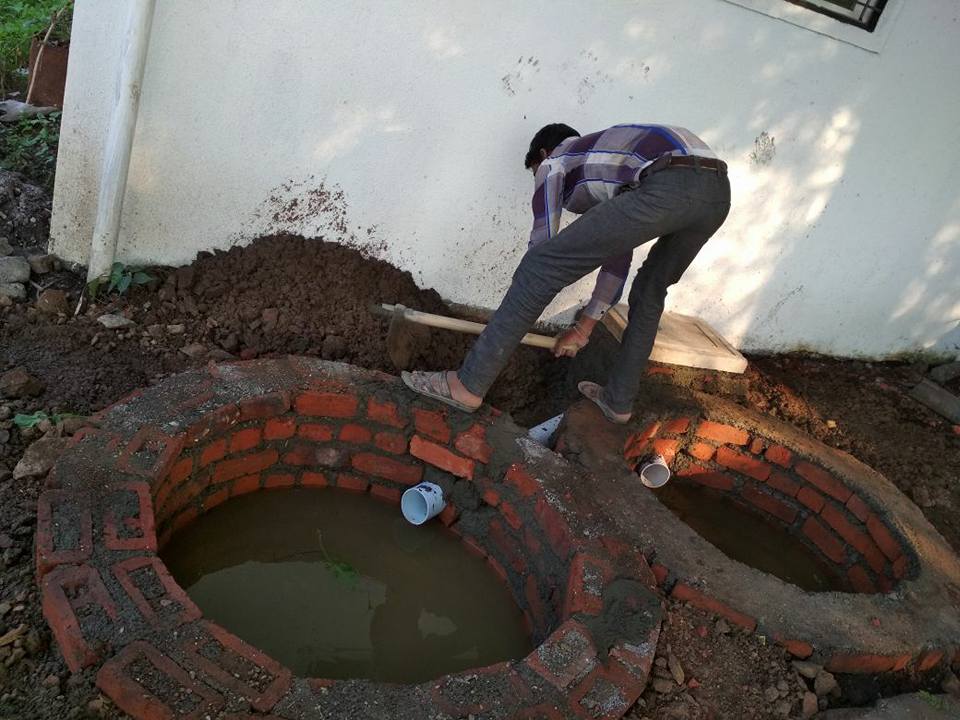
Rooting for Dr Mapuskar’s biogas plant, Prakash Kothavle, the Manager of Maher, a children’s home near Pune, says, “We have been using the biogas for the last 20 years, and our bill costs have been 50 per cent less since then.”
Prakash now hopes to install a similar plant in its Jharkhand branch.
The NGO also provides other waste management solutions in the form of biogas plants, and so far it has provided 200 of them to individuals and organisations. Priced at Rs 60,000 the smallest plant can produce one cubic metre of biogas, and it is suitable for a family of ten.
In addition to this work, Dr Narayanan has been working on other preventive health issues across Maharashtra, something that she inherited from her father.
For instance, recently, she worked with UNICEF to study the water, sanitation and hygiene in 20 district hospitals.
“We took awareness sessions with patients, doctors and nurses to impart basic knowledge on hygiene steps. We heard about their problems and provided solutions accordingly.”
Her efforts also extend to Tata Institute of Social Sciences (TISS) in Tuljapur.
The post-graduation curriculum on sanitation was modified by Dr Mapuskar making rural sanitation an integral part. Now Dr Narayanan is a lecturer at the university who often takes students on the field to help them understand the on-ground reality of hygiene in villages.
Shouldering the responsibilities of a man who went beyond his call of duty and was a pioneer of sanitation in a rural area, is no easy task. Still, a determined Dr Narayanan not only gracefully took over the activities but also expanded it in other regions of the country.
“More than accolades, it is the gratitude of people that adds richness to his legacy. My father touched many lives, and that motivates me to perform better each day,” she signs off.
Also Read: Despite Dad’s Illness & Money Crunch, A Mom Shares How Both Her Kids Cracked UPSC
(Edited by Gayatri Mishra)
Like this story? Or have something to share?
Write to us: [email protected]
Connect with us on Facebook and Twitter.
This story made me
-
97
-
121
-
89
-
167
Tell Us More
We bring stories straight from the heart of India, to inspire millions and create a wave of impact. Our positive movement is growing bigger everyday, and we would love for you to join it.
Please contribute whatever you can, every little penny helps our team in bringing you more stories that support dreams and spread hope.



















